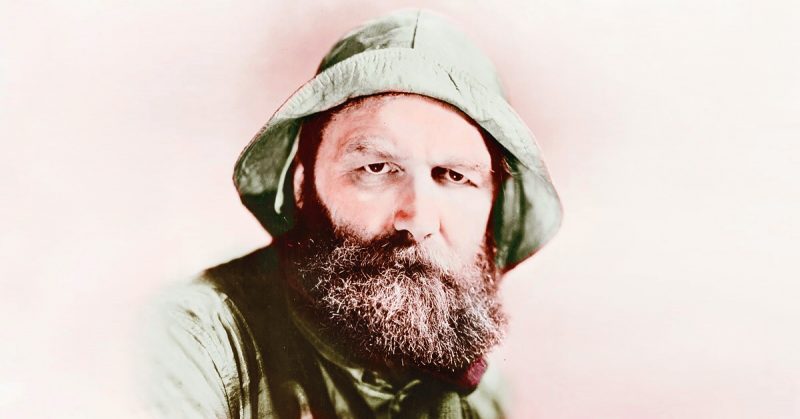“A giant among men” is a phrase that’s been applied to many over the years, but it’s much more apt for Peter Freuchen than any other.
Born Lorenz Peter Elfred Freuchen in 1886, he was a Dane of Jewish descent. A giant of a man, standing more than six and a half feet tall, and sporting a truly impressive beard, Freuchen resembles our images of the Vikings of old.
His adventures as an explorer and anthropologist only serve to reinforce that image.

Freuchen’s early adult life started normally enough. At the behest of his father, he enrolled at the University of Copenhagen, planning to study medicine.
His father, a businessman, put a high value on order and stability and wanted that for young Peter.
It didn’t take very long, though, before Peter learned that those were not his values and that he was more driven by a desire for action and adventure.
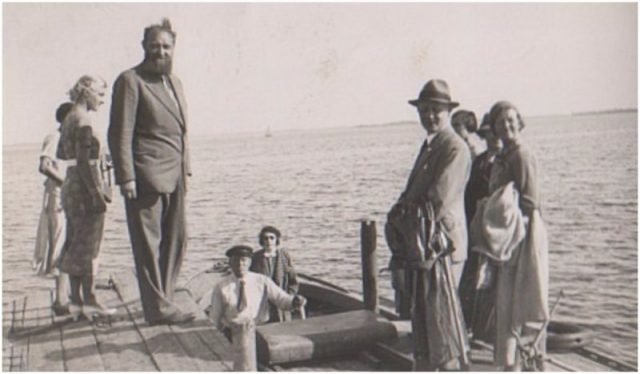
Having learned that about himself, he did the only thing that made sense to him — he dropped out of university and began exploring.
His first trip, in 1906, was to Greenland. Freuchen and his friend Knud Rasmussen sailed from Denmark, going as far north as they could by water before leaving the boat and covering another 600 miles by dogsled. While they were traveling, they met Inuit people, hunted with them, and learned their language.
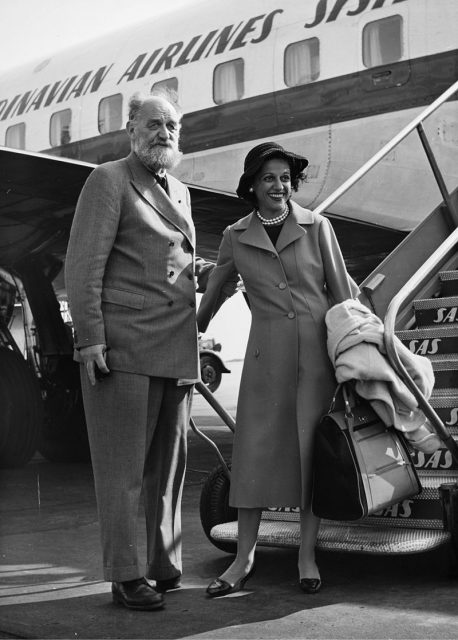
The Inuit hunted a variety of arctic animals, ranging from seals and walruses to whales and polar bears, and with the advantage of his substantial size, Freuchen did well at hunting. He eventually made himself a coat from a polar bear that he killed.
In 1910, Freuchen and Rasmussen opened a trading post in Greenland which they called Thule, a reference to the phrase “Ultima Thule,” which was used in ancient cartography to indicate that which was beyond the boundaries of the known world. The Thule Trading Station became the base for seven different exploration expeditions between 1912 and 1933, according to Arctic Thule.
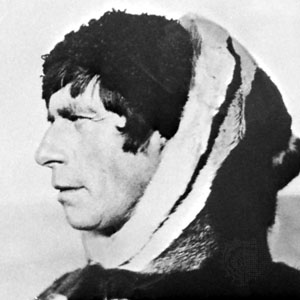
The first of these expeditions was undertaken by Freuchen and Rasmussen, and its goal was to test the theory that there was a channel dividing Greenland from Peary Land. The trek covered more than 600 miles across inland Greenland and nearly resulted in Freuchen’s death.
An enormous blizzard caught the adventurers and, despite taking cover under a dogsled, he found himself completely buried in snow, which swiftly turned into ice, forming a cave. When this happened, he didn’t have his usual assortment of diggers and tools on him and so was trapped without any tool to free himself.
Reportedly, he ended up using his own frozen feces to make a dagger to dig himself out. As a result of this misadventure, he lost one leg to frostbite and several toes to gangrene, which he removed himself out there in the wild.
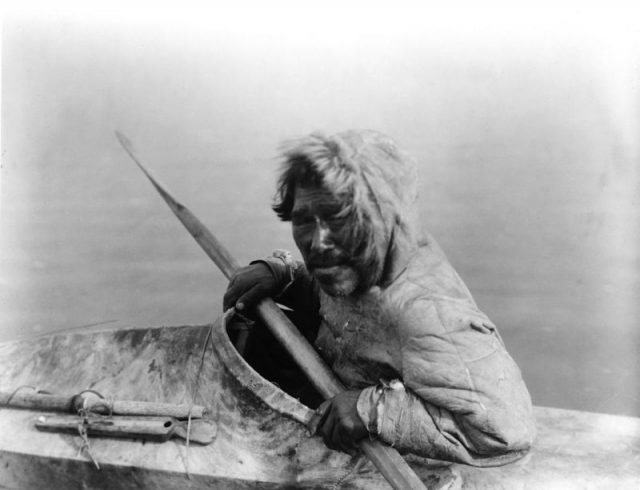
In addition to his various expeditions Freuchen was also an author, writing about his exploits and the Inuit culture. When he returned to Denmark in the 1920s, he became a Social Democrat and wrote articles for a paper called Politiken.
Some years later he became involved in the film industry as a scriptwriter and consultant, especially for Arctic-related movies. In 1932, he returned to Greenland on a trip paid for by MGM studios. The most well-known movie he was involved with was a 1933 Oscar-winning film called Eskimo (called Mala the Magnificent in the UK and Australia), in which he appeared as an uncredited role as a ship’s captain.
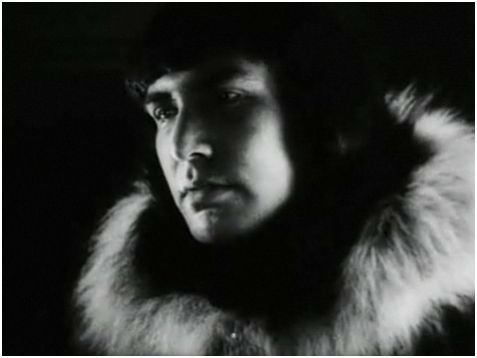
He continued to be interested in travel, and in the mid to late 1930s went to South Africa and Siberia. In 1938, he founded the Adventurers Club in Denmark as a group for men interested in travel exploration. The club originally consisted of Freuchen and nine other men. It continues to this day, and is now 110 members strong, still holding to the same values.
During World War II he became actively involved in the Danish resistance against the Nazi occupation. The Germans captured and incarcerated him with a pending death sentence, but Freuchen escaped, fleeing to Sweden.
Freuchen and his wife, Dagmar, eventually moved to the U.S. and lived in New York City. In 1956 he was a contestant on a new television quiz show called The $64,000 Question, and was one of the show’s earliest winners of the $64,000 prize.
Read another story from us: The Disastrous Attempt to Reach the North Pole by Balloon
Freuchen died of a heart attack in 1957 in Alaska, and his ashes were scattered on Thule Mountain in Greenland, marking the end of new stories about a truly fascinating man.
